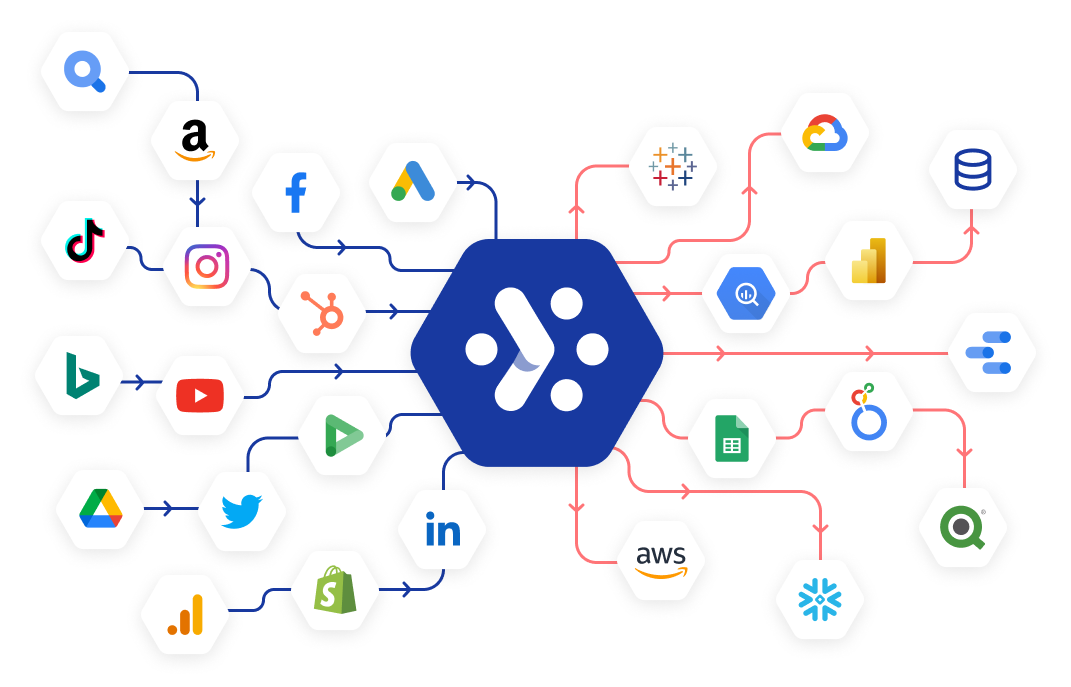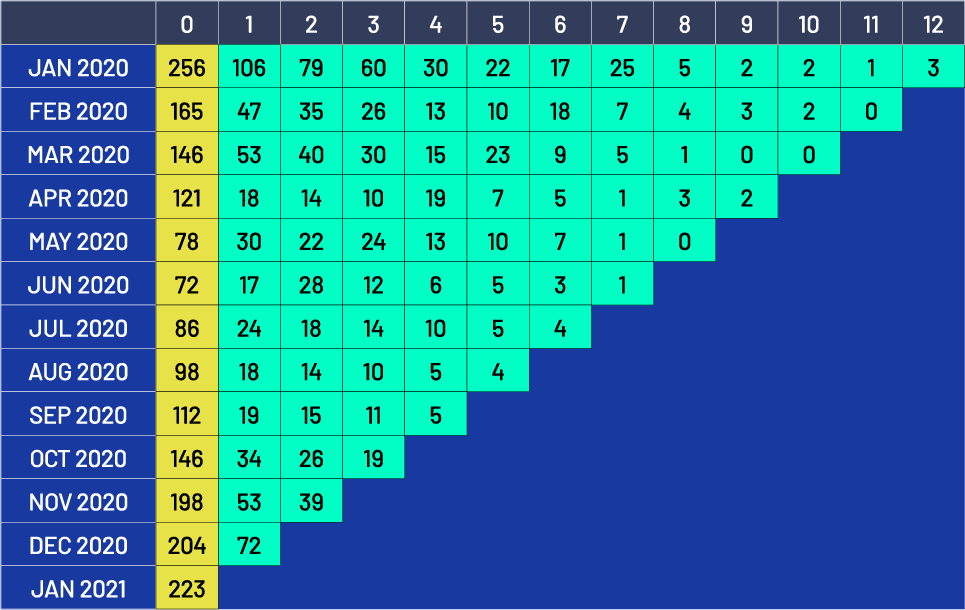What is AI Analytics?
AI, or Augmented, Analytics is where you enhance your data analysis by utilizing artificial intelligence to sift through it and draw out insights.
One of the key benefits is that AI can analyze data, find patterns, reveal anomalies, and generate insights at a scale, speed, and level of detail impossible for individual human analysts.
For example, with AI analytics you can:
Spot a drop in conversion rates among a specific customer segment that would be missed if you are only looking at aggregate data.
Identify a dip in ROAS on a specific campaign that again might be missed by human monitors.
Once making the decision to utilize AI for your data analysis, this also opens the door to the next step – predictive analytics

























